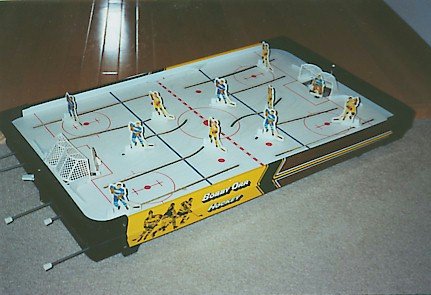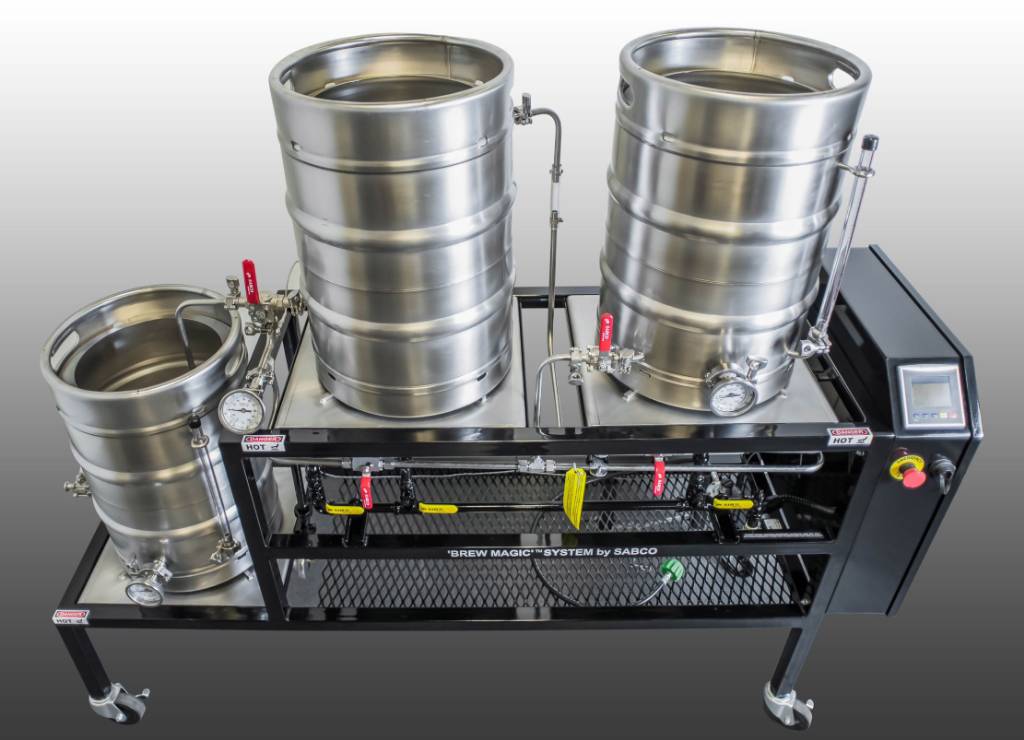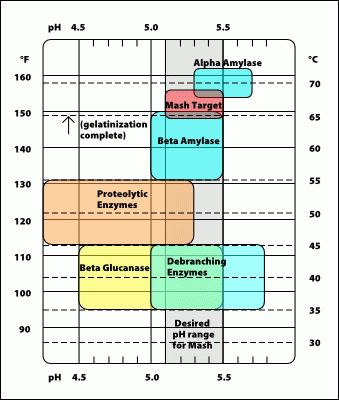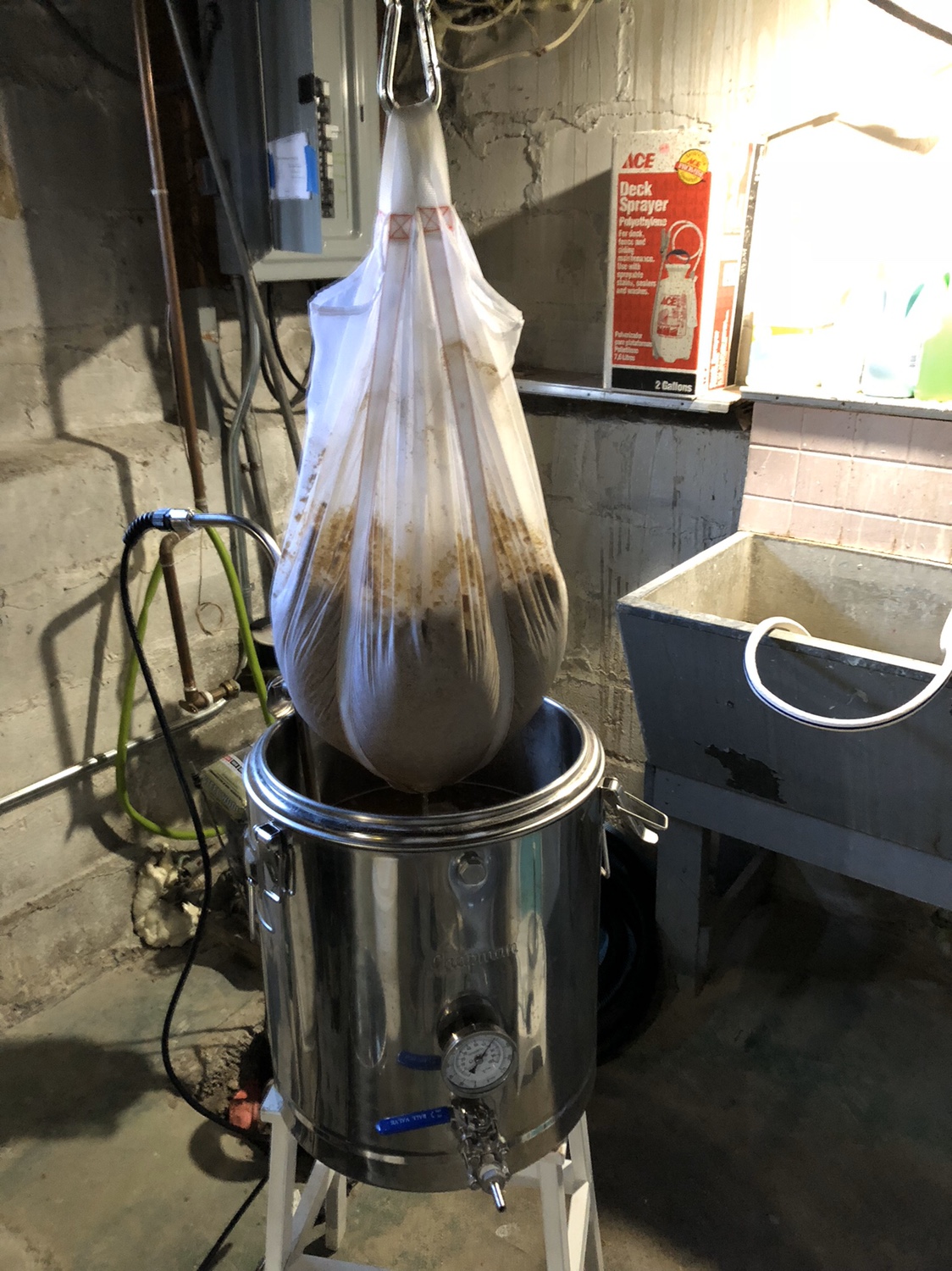I have a JSP malt mill, not adjustable. I crushed grain once each time. Not flour. 4 tries, I did not get one clear beer BIAB. All hazy. And not NEIPA recipe with all post kettle hops either. So I’d say the process itself does inherently make cloudy/hazy beer. Which is supported here:
https://www.bjcp.org/docs/Interim_Study_Guide.pdf
You can read the sections on why we lauter, why we boil, etc.
I was just reading another thread about ‘no boil’ beers which also left me shaking my head. I understand people striving for innovation. I don’t understand people wanting to throw hundreds if not thousands of years of science, observation, and experience out the window for no reason.
I put sour beers in this same junk category. I spend good money on cleaning and sanitizing chemicals for a reason. If beer is sour, its infected. I don’t drink infected beer either. I don’t understand why hazy, murky and sour beers are so popular.








